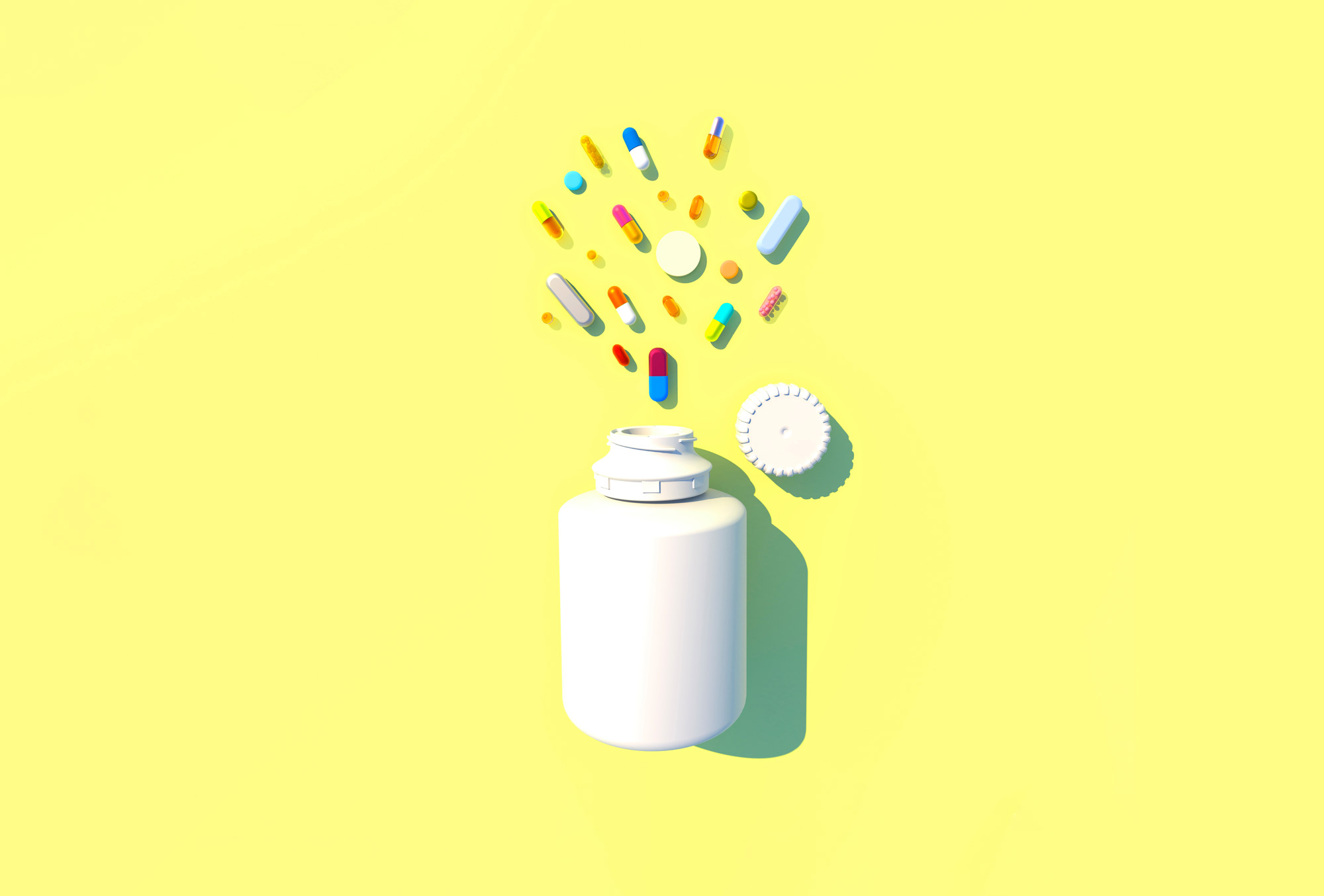Packaging balance in medical
How to balance sustainability with safety in medical packaging
There’s a delicate balancing act to be struck in packaging terms when it comes to medicines. Luke Christou steps out onto the tightrope.


F
or the majority of today’s consumers, a company’s environmental credentials are just as important as the goods they provide. According to EY’s Future Consumer Index, over half are adopting new behaviours and actions - such as recycling or reusing packaging - to aid society’s sustainability goals. Meanwhile, 64% plan to pay greater attention to the environmental impact of the products they use, moving forward.
For those that rely on the healthcare industry, however, pursuing a more sustainable lifestyle can prove challenging, given the industry’s significant environmental footprint. Healthcare ranks among the most polluting industries worldwide, causing 4.4% of global net emissions.

Ian Axelsen
The demand for sustainable medical packaging
The medical industry shares this consumer desire for sustainability and has committed to change. Industry leaders such as Johnson & Johnson, Novartis, Pfizer and GlaxoSmithKline (GSK) are targeting net-zero or carbon neutrality by 2030, ahead of the deadlines set by initiatives such as the Paris Agreement.
However, with around 71% of medical industry emissions attributed to Scope 3 causes - defined as activities that impact a company’s value chain but are not carried out directly, such as transport and packaging - the industry is also pushing its partners and suppliers to find sustainable solutions. Novo Nordisk’s strategy, for example, focuses on minimising consumption and waste, and the firm has committed to selecting its suppliers based on their preparedness to share this goal.
“It’s [environmental credentials] extremely important if packaging providers want to stay viable long-term in the medical segment,” says Amcor Healthcare’s senior R&D director, Brian Ingraham. “Society is moving towards a circular economy to address the end-of-life challenges and medical packaging is not exempt from these challenges.”
While the World Health Organization notes pharmaceutical packaging represents a small portion of global waste, it also recognises that its disposal can cause significant problems to the environment. With the global pharmaceutical packaging market tipped to grow by 6.1% annually to 2027, according to Allied Market Research, its impact will only increase without significant commitment to improving sustainability.
Balancing sustainability and safety
Anestimated 25% of hospital waste is plastic, according to researchers from the University of Ulsan and the University of Massachusetts Lowell. This comes as no surprise - In spite of its environmental cost, plastic offers significant benefits inprotecting medical products from contamination. Not only is it easy to sterilise, but it also provides the sturdiness and durability required to maintain the safety of a product between manufacturing and use.
In its efforts to reduce the environmental impact of its packaging, the medical industry must balance the desire for greater sustainability with the need for safety. While there are alternatives to consider, deviating from the norm can prove problematic, particularly given the regulatory hurdles that packaging firms face in proving new solutions can maintain user safety.
“The criticality of packaging in healthcare is obvious,” Ingraham notes. “Packaging is responsible for delivering devices and therapies to the patient safely and the regulatory landscape is designed to ensure the demands are met. As a result, there can be a high cost of switching, in terms of resources and time.”
Despite this, packaging leaders such as Amcor have committed to finding solutions that meet both demands, no matter the cost.
“It’s not a question of which one is the greater priority,” Ingraham adds. “It’s really a question of how we can achieve both. Innovation will be the key to unlocking this challenge - A challenge Amcor has committed to achieving and invested more than US$100m this past year in R&D.”
Investing in innovation
There are a number of alternative solutions for suppliers to consider and invest in to reduce the carbon footprint of their packaging. According to Ingraham, the list includes “responsibly sourced materials, recycle-ready packaging, biodegradable materials, bio-based materials and recycled content: post-consumer (PCR) and/or post-industrial (PIR)”.
Amcor is already using a number of sustainable alternatives throughout its product range, from coffee packaging made from renewable sugarcane instead of traditional polyethylene, to laundry detergent bottles produced using 100% PCR polyethylene terephthalate resin.
However, several of these alternatives, including recycle-ready materials and PCR/PIR technologies, will require further, significant innovation before they are ready for use in the medical sector.
In 2020, having pledged to make all of its packaging recyclable or reusable by 2025, Amcor joined the Healthcare Plastics Recycling Council (HPRC), a coalition of industry leaders across healthcare, recycling and waste management. The move serves as an indication of the company’s continued commitment to improving sustainability and driving innovation in the medical industry.
Indeed, innovation will be “critical in achieving a circular economy” and will also help to “simplify packaging systems to reduce complexity, waste and the overall carbon footprint” of medical packaging manufacturing.
A commitment to sustainable packaging
Rather than focusing on any one solution, Ingraham believes improving sustainability in medical packaging requires a “strong commitment to the future and a desire to do better”.
Using tools such as Amcor’s ‘ASSET’ life-cycle assessment, companies can pre-calculate the impact that changes to their packaging will have on emissions and devise fact-based, continuous improvement programmes alongside Amcor that will produce significant results.
“Programmes including solvent reduction and elimination, zero waste to landfill, energy reduction, water conservation, lower carbon footprint materials and processes are just a few examples,” Ingraham says.
In many cases, drastic changes to materials and processes may not yet be possible. However, even minor alterations can help to make the medical industry that little bit more sustainable. GSK’s ‘Rightsizing’ project offers a great example: Simply by increasing the number of antibiotics in a single foil blister strip from four to six, the pharmaceutical giant has been able to reduce foil consumption by 30% and overall packaging by 25%. The result? A saving of 155 tonnes of CO2 emissions.
Main image credit: Ralf Liebhold / Shutterstock.com